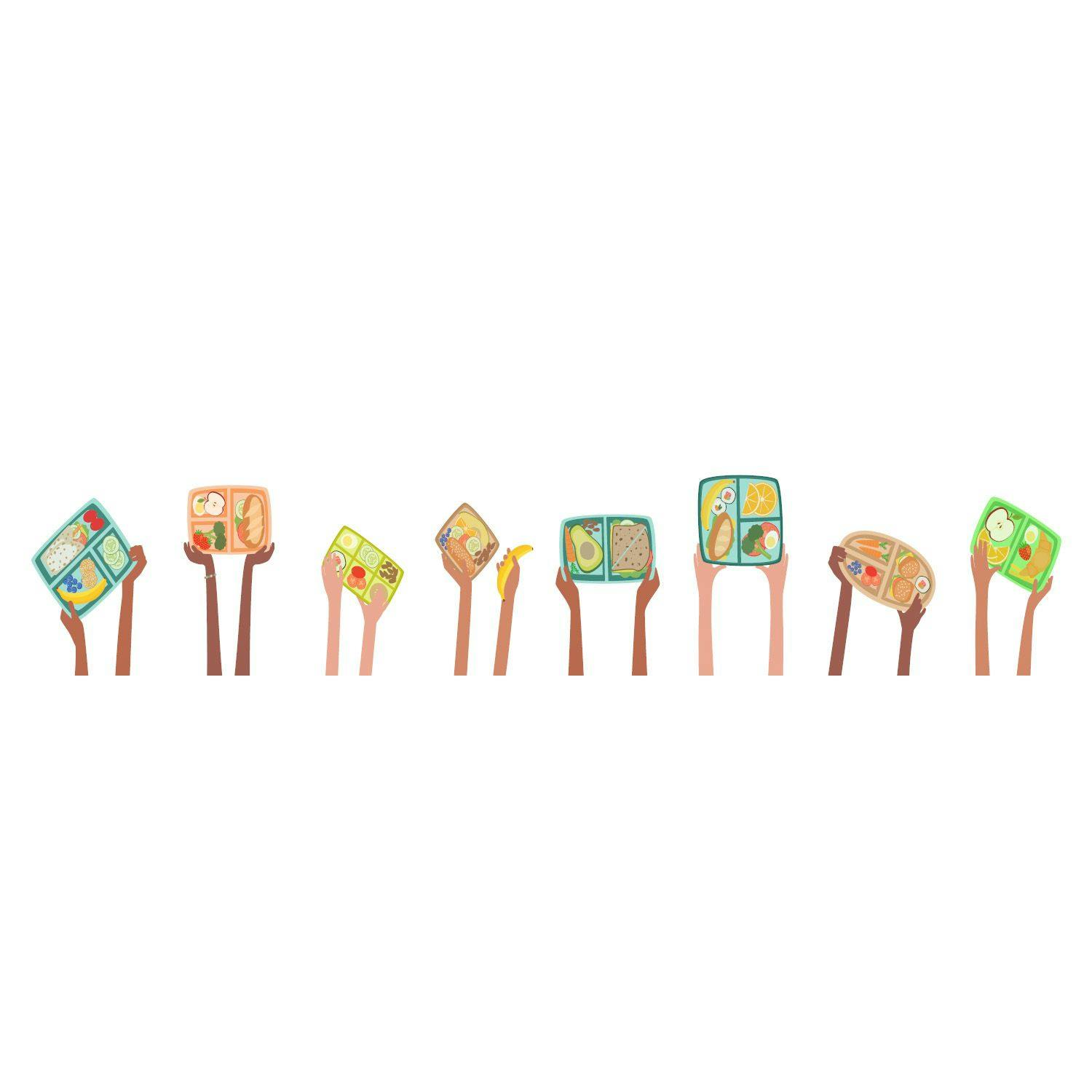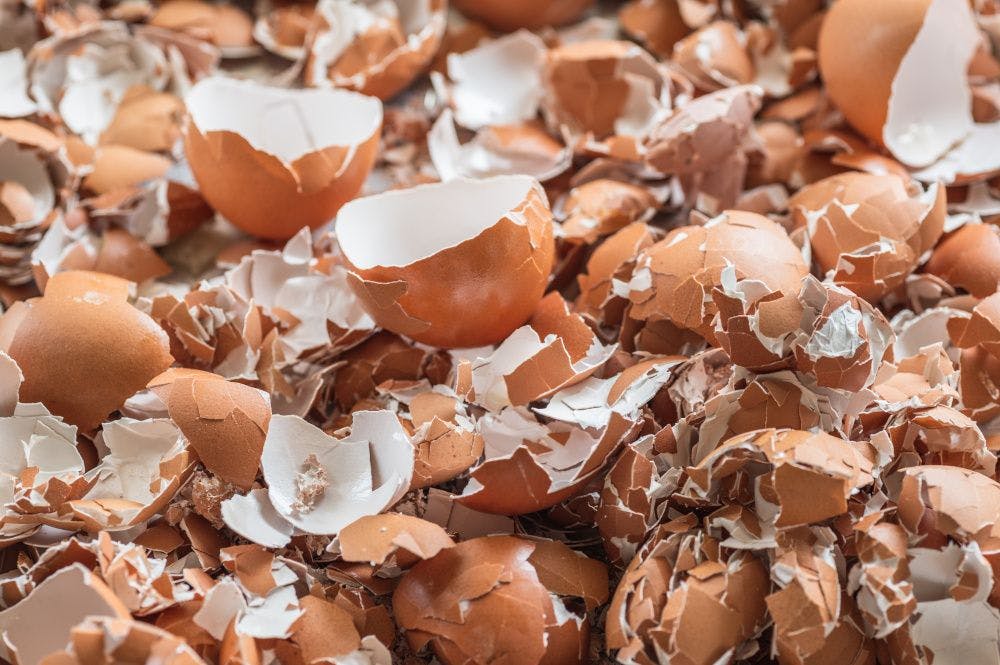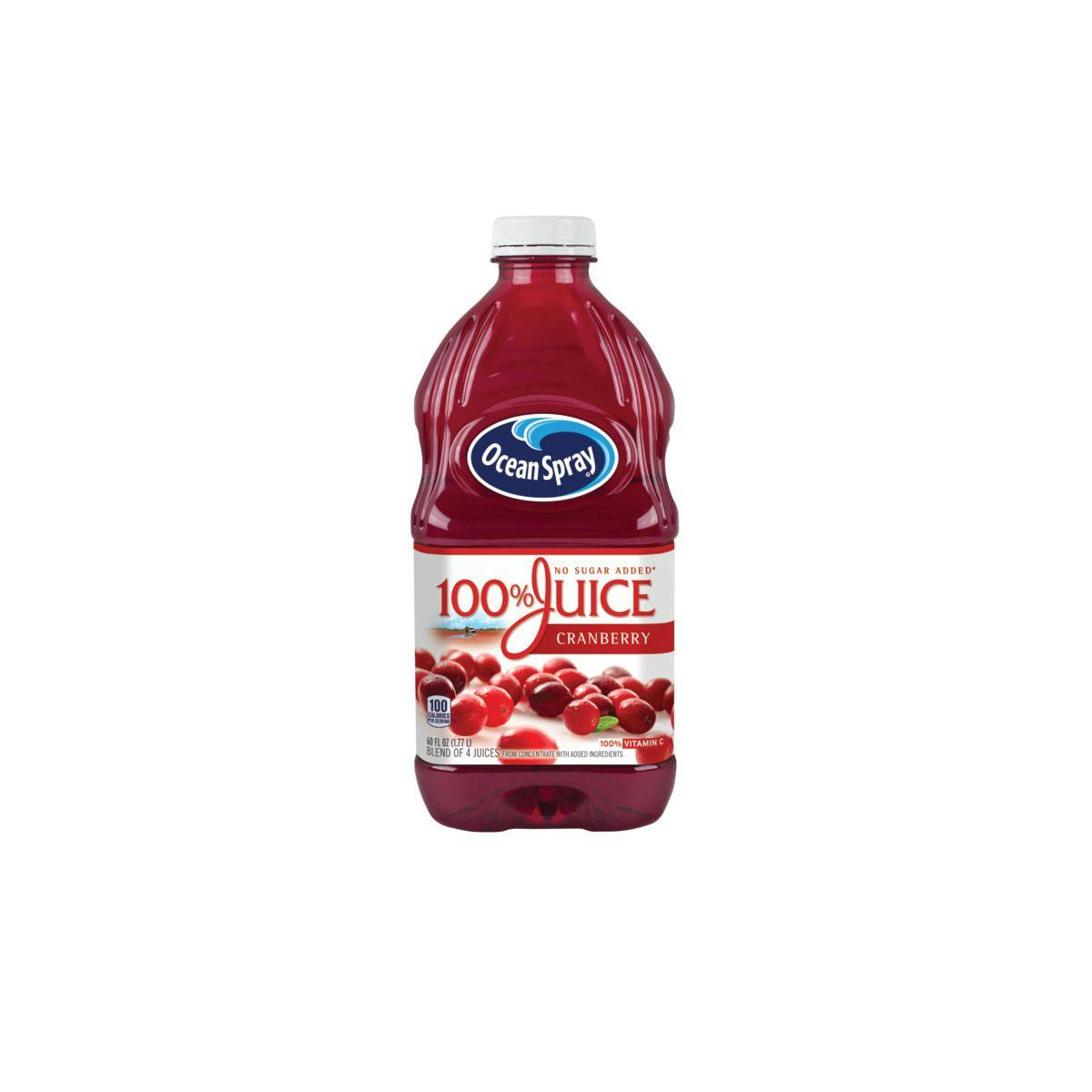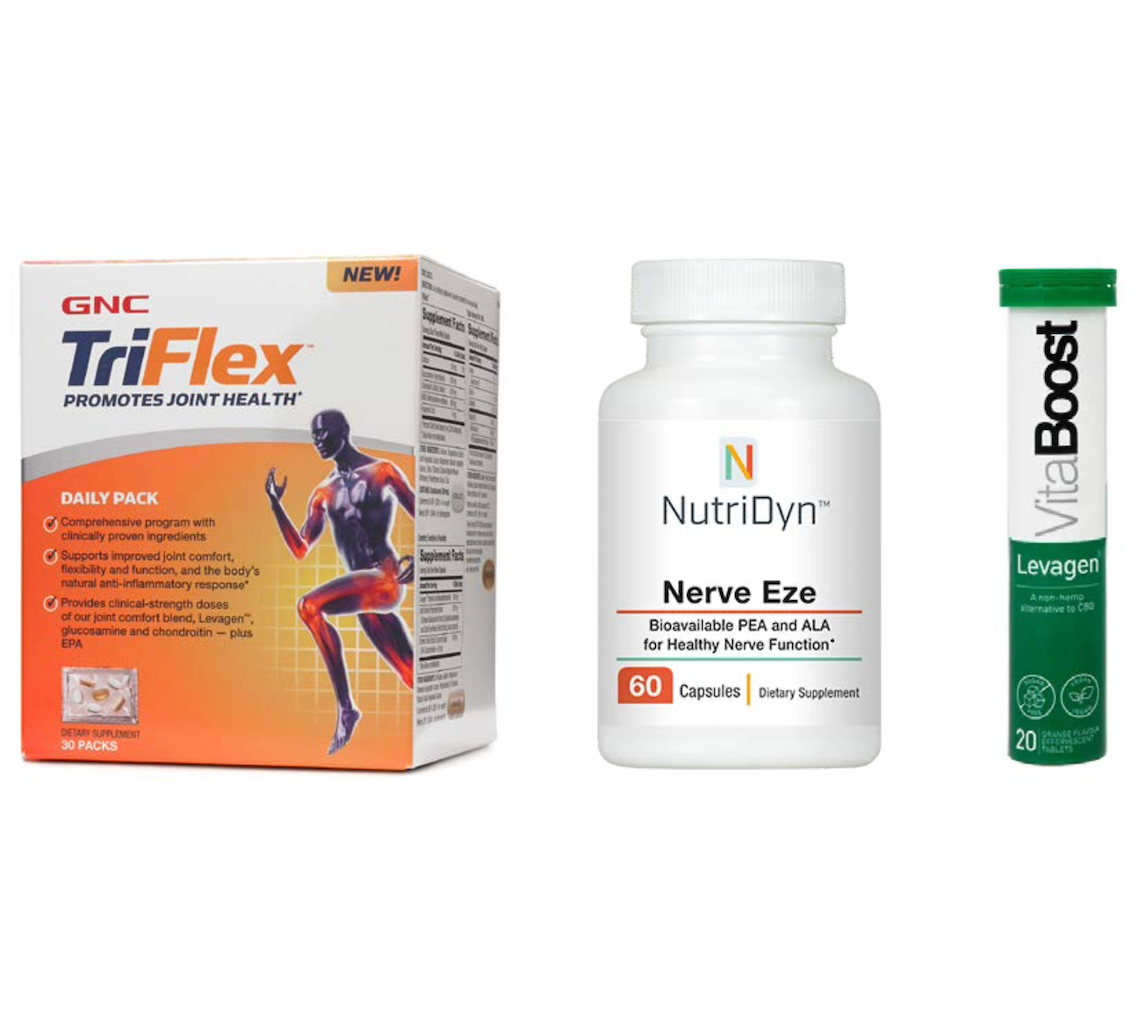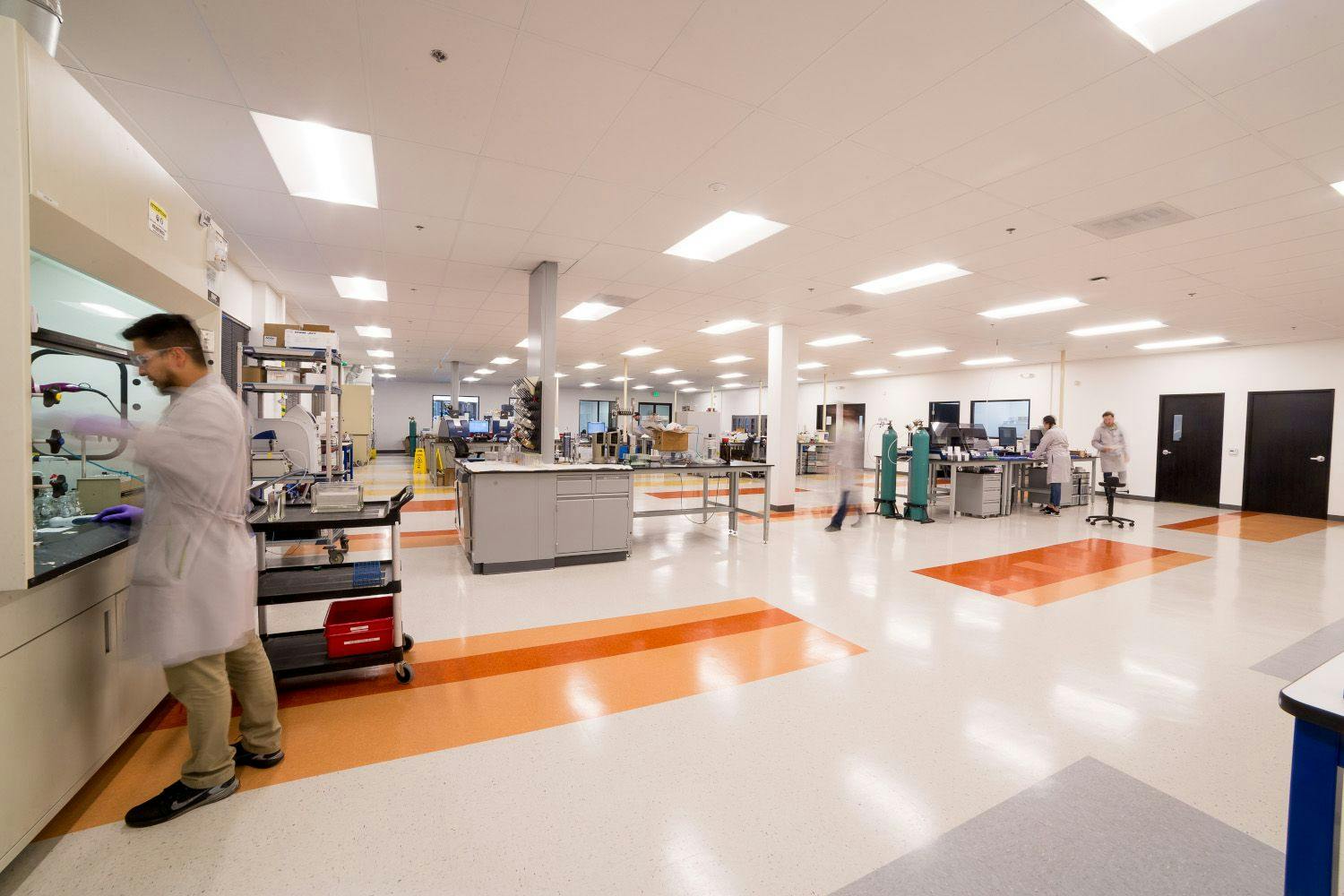Today’s meal replacements are revolutionizing
Today’s meal replacements aren’t just remaining relevant; they’re setting trends.
Photo from Mana

Whatever happened to “slow food”? The movement may have begun as an effort to reinvigorate local and traditional foodways, but it ultimately became shorthand for slowing it the heck down, already, when tucking into a proper meal.
All of which seemed a little out of place—if not outright irrelevant—in a pre-pandemic era that so prioritized speed, convenience, and technological innovation that investors pumped millions of funding dollars into meal-replacement startups vowing to revolutionize eating as we know it.
But make no mistake: Slow food is still out there and is to some extent enjoying a renaissance as consumers cooped up under COVID-19 orders use their newfound free time to rediscover their kitchens.
But modern-day meal replacements are still out there, too. And as far as Jakub Krejcik is concerned, the category isn’t letting a little global contagion get in the way of its progress.
“In my opinion,” declares the CEO and cofounder of European meal-replacement producer Mana, “the rise of meal replacements is connected with the evolution of culture and technology. They used to be the stuff of sci-fi flicks, but as new food-production technologies allow us to eat healthy, quick, and tasty meals for a reasonable price, people are catching on.”
And, thus, today’s meal replacements aren’t just remaining relevant; they’re setting trends.
What Makes a Meal Replacement Modern?
Of course, any discussion of modern meal replacements requires first establishing what a meal replacement circa 2020/21 actually is. And while the prevailing definition leaves room for interpretation, we’re definitely not talking about the SlimFast shakes or thinly disguised candy bars of yore.
In Krejcik and Mana’s vision, in fact, a contemporary meal replacement has far more hurdles to clear than that if it wants to win with contemporary consumers.
For starters, he believes, the primary qualification for a 21st century meal replacement is that it be “a convenient food that provides the body all the nutrients it needs to be healthy—a food that’s not just high-nutrition but complete-nutrition,” he says. “People should be able to consume it for any meal or every meal without having to worry about getting the energy they need.”
Jakub Krejcik, CEO and cofounder of European meal-replacement producer Mana. Photo from Mana.

Beyond that, the modern meal replacement should have a formulation that’s based on the latest nutrition and ingredient science, Krejcik adds, and should be produced with methods and inputs that respect environmental sustainability. Finally, it still has to deliver the baseline convenience that was the category’s raison d’être in the first place.
No COVID Lull
Yet is on-the-go convenience still an important attribute as we approach the anniversary of a pandemic that has most of us sheltering at home with plenty of time to fool around in our kitchens? Krejcik’s experience tells him that, indeed, it still is.
He and his Mana colleagues have actually seen COVID-19 send a whole new raft of consumers to the category: not just busy techies and businesspeople but moms, active seniors, and even healthcare professionals. “We’ve witnessed huge spikes in sales during the periods when stay-at-home orders have been in effect,” Krejcik says. “And I think there are a few reasons for this.”
One is consumers’ impulse to stock up before the next shoe drops; after all, because meal replacements like Mana have long shelf lives and need no refrigeration, they’re perfect candidates for the emergency food stash.
“Another reason,” Krejcik continues, “is that, at least in Europe, there’s been increased demand from those involved in relief efforts, such as emergency responders and healthcare professionals.” And that makes sense: With scanty free time and high demand for nutritious energy, they naturally reach for meal replacements.
Last spring, Mana even had to increase production more than twofold to meet demand, and donated nearly 50,000 meals to local hospitals and relief organizations. “Based on current indications, we expect the same demand spike this autumn and winter,” Krejcik adds, “which just proves that meal replacements’ benefits are highly relevant when the going gets tough.”
Evolving Ingredients
When it comes to keeping Mana’s formulations themselves relevant, Krejcik sees ingredient choice as “one of the main frontiers in the development of complete-nutrition meal replacements.” So core is it to Mana’s continual development that the search for a wider variety of nutrient sources is actually a formulation imperative each time they iterate the product. “And thanks to new technologies,” he adds, “it’s now possible to do this without compromising taste.”
Yet because environmental sustainability is also a core brand value, the company views the inclusion of any animal-derived ingredient in its products as a no-go. That posed a challenge when it wanted to include significant levels of the long-chain omega-3 fatty acids EPA and DHA. But the company’s since found a plant-based workaround in the form of algal oil.
“Algae is rich in EPA and DHA, which are hard to find in the proper proportions in the plant kingdom,” Krejcik explains. “People often look to fish oil for these omega-3s, but the fish are actually getting it from algae, themselves.”
Future Evolution
It just goes to show that the future of meal replacements really will run on a steady stream of ingredient innovation. “As nutritional science and food-production technology evolve,” Krejcik says, “the format possibilities will be virtually endless.”
Consider that when Mana launched its first product in 2014, it was a powder that users mixed with water, with an oil blend on the side. Three years later that evolved into a ready-to-drink format, and a year after that “we patented a mixing technology that allowed us to combine our oils and powdered ingredients into a single dry substance.”
Photo from Mana
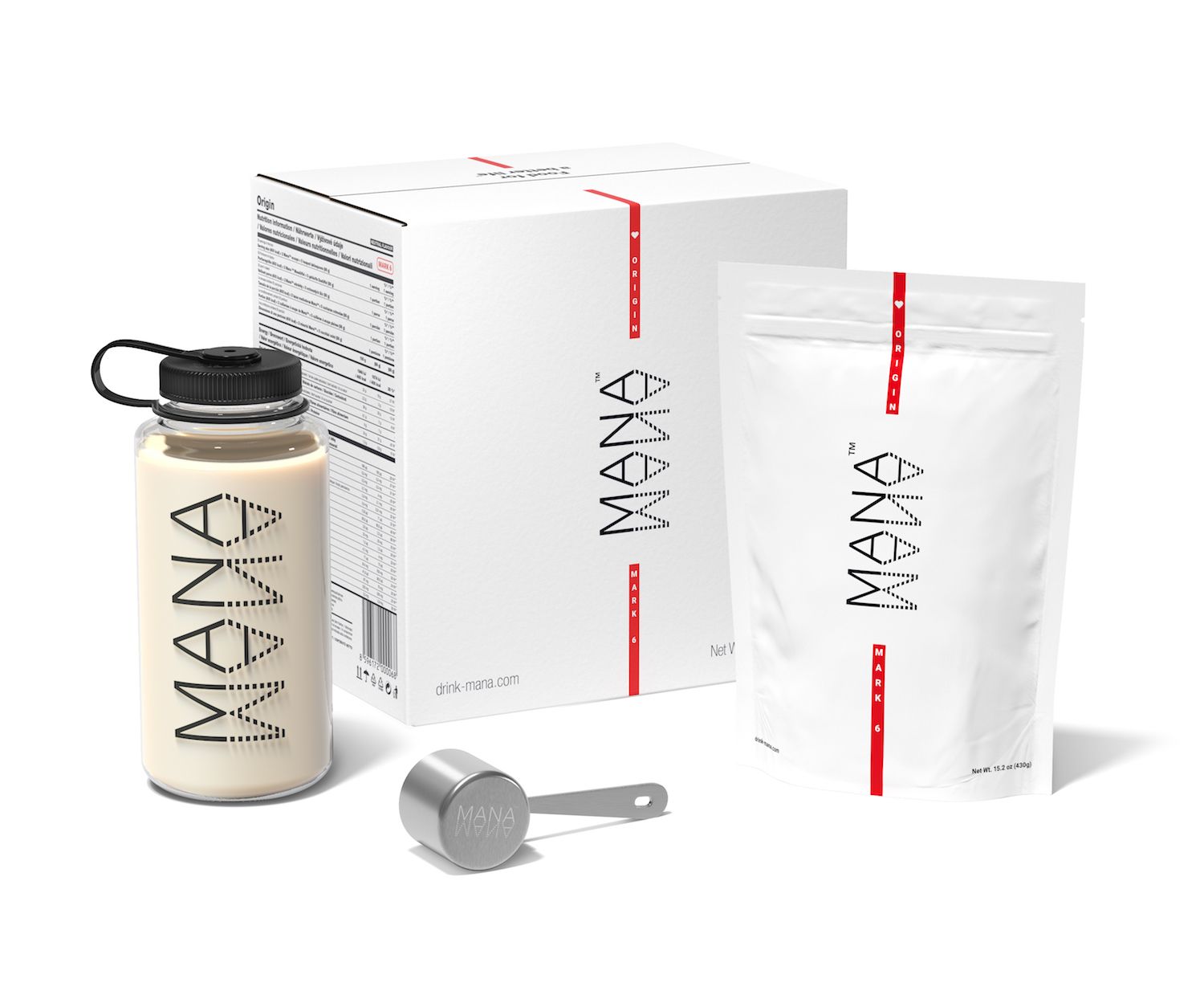
Krejcik even believes that meal replacements can evolve to coexist with “slower” foods. “In fact, they already have,” he says. “We recently released the world’s first complete-nutrition plant-burger patty. It’s not a drink-and-run type of food, but it does replace the traditional beef burger and can be cooked in minutes.”
Secret to Future Success
So what’s the key to continued meal-replacement success? “If I could sum it up in one word, I would say accessibility,” Krejcik concludes—for as much as meal replacements have evolved to be clean, plant-based, complete-nutrition products, they still have to make the task of nourishing oneself easier. “So if they’re not accessible in this way,” he says, “they won’t win consumers.”
And that goes a long way toward explaining why Krejcik wagers that the term meal replacement itself is “actually becoming a misnomer.” Bottom line, he says, “People are busy, and if a meal-replacement product can save them time, fill them up, and provide the nutrients they need, then I think it’s as much of a real meal—if not more—than anything else. Lifestyles are changing and so is how we think about food and meals. As our culture and technology continue to evolve, so, too, will meal replacements."

Prinova acquires Aplinova to further increase its footprint in Latin America
April 7th 2025Prinova has recently announced the acquisition of Brazilian ingredients distributor Aplinova, which is a provider of specialty ingredients for a range of market segments that include food, beverage, supplements, and personal care.


